Learning Center

Flies
Not only are they a nuisance, but flying insects are prolific carriers of disease, posing a great threat to both humans and animals.
What do flies look like?
Although specifics vary depending on the type, flies share some common attributes. Each has the same basic oval body structure consisting of a head, thorax, and abdomen. They have six legs, antennae, and wings. Flies also tend to have compound eyes, mouthparts designed for feeding, and sticky feet that enable them to cling to smooth surfaces.
Flies vary in color and range from the size of a grain of salt to nearly three inches. Fruit flies are generally 1/8” and house flies are typically 1/4”. Flies have highly-developed senses that are optimized for obtaining food and shelter.
The life cycle of a fly takes them from egg to a larval stage to adult and may vary in length depending on the species. The larvae of house flies are called maggots. Flies tend to have a short lifespan, but they breed very quickly. A house fly can lay 600 eggs in less than a month and a fruit fly can lay 500 eggs in only 10 days. A single trash bin can serve as a breeding ground for tens of thousands of flies. Left alone, a pair of flies and their offspring can produce more than 190 quintillion flies (that’s 18 zeroes) in just five months!
What are the unique characteristics of flies?
The diet of flies varies depending on type. Filth flies, like the house fly and gnat, eat human food, excrement, garbage, decaying materials, dead animals, and just about anything else. Flies are also attracted to nectar and items that contain sugar. Some flies — like the mosquito and horsefly, require a blood meal to reproduce.
Flies pick up germs from the unsanitary items they eat and transmit them to places they land. When a housefly lands on food, it regurgitates what it eats to put it into a liquid state it can digest. Excess fly vomit is left behind.
What are the habits of flies?
Flies are active year-round, though most prefer warmer temperatures. As their name implies, flies move around by flying, though they tend to remain near a viable food source. Flies will also lay their eggs where they feed, giving larvae immediate access to nutrition.
Where are flies commonly found?
Flies live wherever they can find food. They thrive on every continent except Antarctica, predominantly because they are indiscriminate eaters. Flies are strongly attracted to garbage and dumps, places that make or store food, sewers, and decaying plants and animals, though they will eat just about anything available.
What are the threats and risks of flies?
Flies carry germs from place to place. Scientists estimate that they transport up to 2 million different types of bacteria. The mosquito is the deadliest insect on the planet, and the common housefly is known to spread at least 65 diseases to humans, including salmonella, typhoid fever, leprosy, dysentery, cholera, tuberculosis, and conjunctivitis. Flies are also responsible for transmitting harmful, and even fatal, bacteria and viruses to animals.


